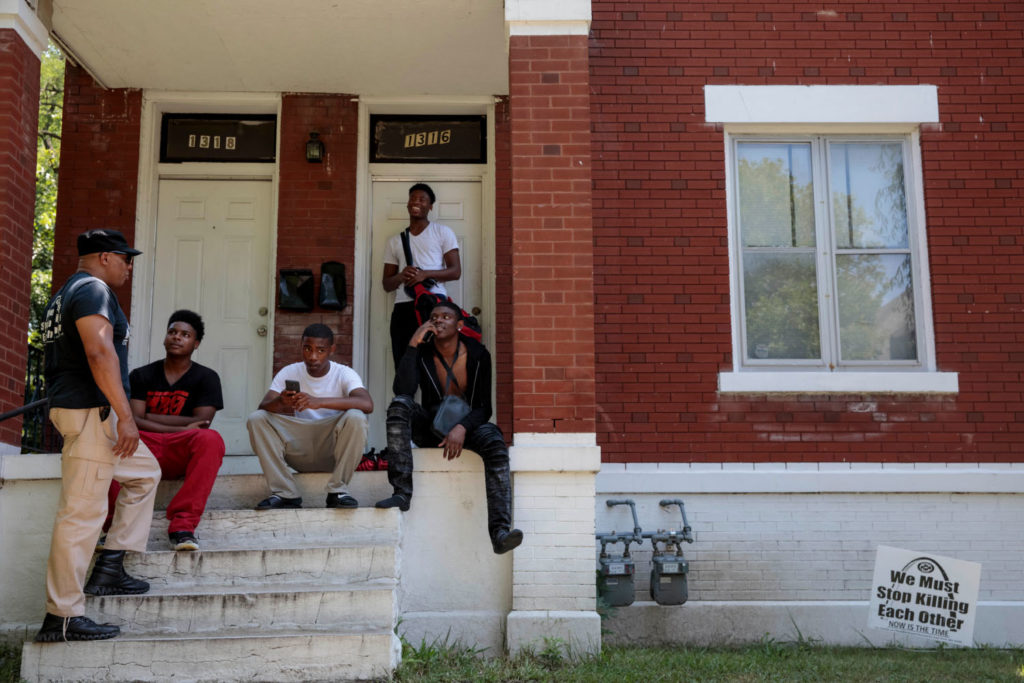Covering gun violence and policing has taught me that no matter how long the writing process takes, stories can change in an instant, right on deadline. That happened to me, for example, when I wrote this story for TakePart on Minneapolis. After months of reporting, writing, and editing, we went down to the wire with changes after two controversial police shootings occurred on the eve of publication. Now it’s happened again, in a particularly sad turn of events.
Last month, my editors at Politico Magazine and The Trace sent photographer Whitney Curtis to shadow James Clark, a well-known violence intervention activist in St. Louis. Clark is a key figure in my story, which challenges Attorney General Jeff Sessions’s notion that increasing federal gun prosecutions can lower urban violence.
I first encountered Clark back in December 2015, when I was in St. Louis on assignment for the New York Times. For my most recent story, I decided to use Clark’s voice to highlight violence-reduction strategies that could do more good if they were given needed resources.
On the morning of Saturday, August 19, Clark visited the home of 17-year-old Travonn Bush, where Clark dropped off some money to help pay for shoes that Travonn needed for his school uniform, and to chat with him and three of his friends. According to Curtis, Clark also had a more urgent purpose: to chastise Travonn for posting a photo of himself on Facebook brandishing a gun.

Whitney Curtis/POLITICO
A few hours later, three of the four were shot — all but Travonn. The young men called Clark first, instead of the police, and he ended up driving them to a hospital after calling police himself. All three survived. Five days later, one of the four, DeAndre Kelley (seated at far right in the image above), got shot again, along with one of his high school friends, the friend’s mother, and a 10-year-old boy. All of them died.
I set the story in St. Louis because the city boasts two relevant distinctions: It already has the most aggressive federal gun-prosecution rate in the country, while also having the highest rate of gun violence among large cities.
The shootings of the young men in the photograph hours after it was taken underscore the dire need for change — and serve as yet another reminder of why it is crucial for the federal government and local officials to focus on strategies that work. Although it would take more study to prove that federal gun prosecutions and their long sentences fail to reduce crime, it’s safe to say that they’re not the panacea that Sessions portrays them to be.
We learned about these shootings a week before publication. I scrambled to talk to Clark and Curtis to add to the ending of the story, and to explain how one snapshot in time can serve as a disturbing reminder of the urgency of the work that people like Clark do.
Neither police nor Clark know what prompted the fatal shooting. Ten days after Kelley’s death, Curtis choked up as she talked about it. “This kind of shook me up a little bit,” she said.
